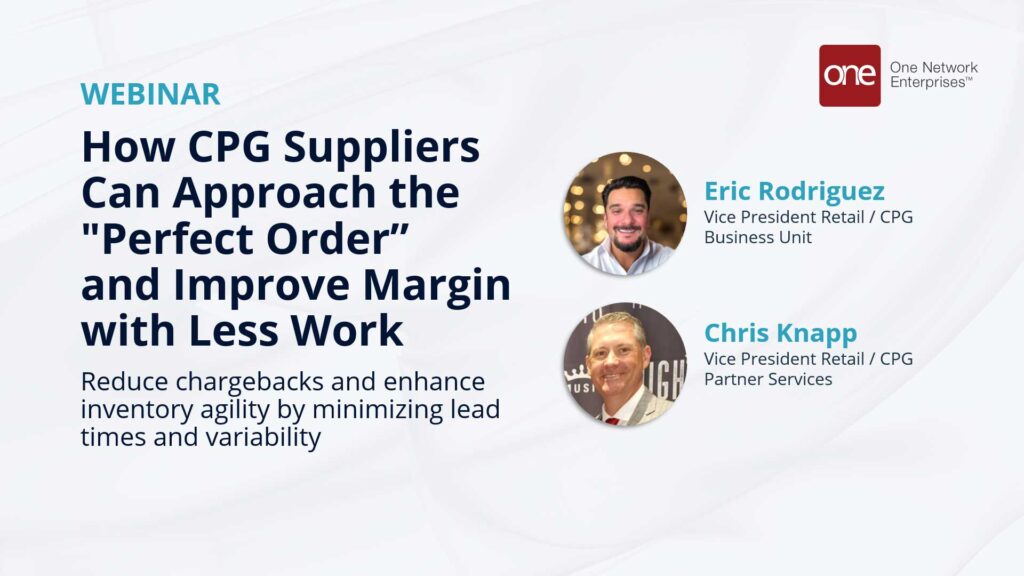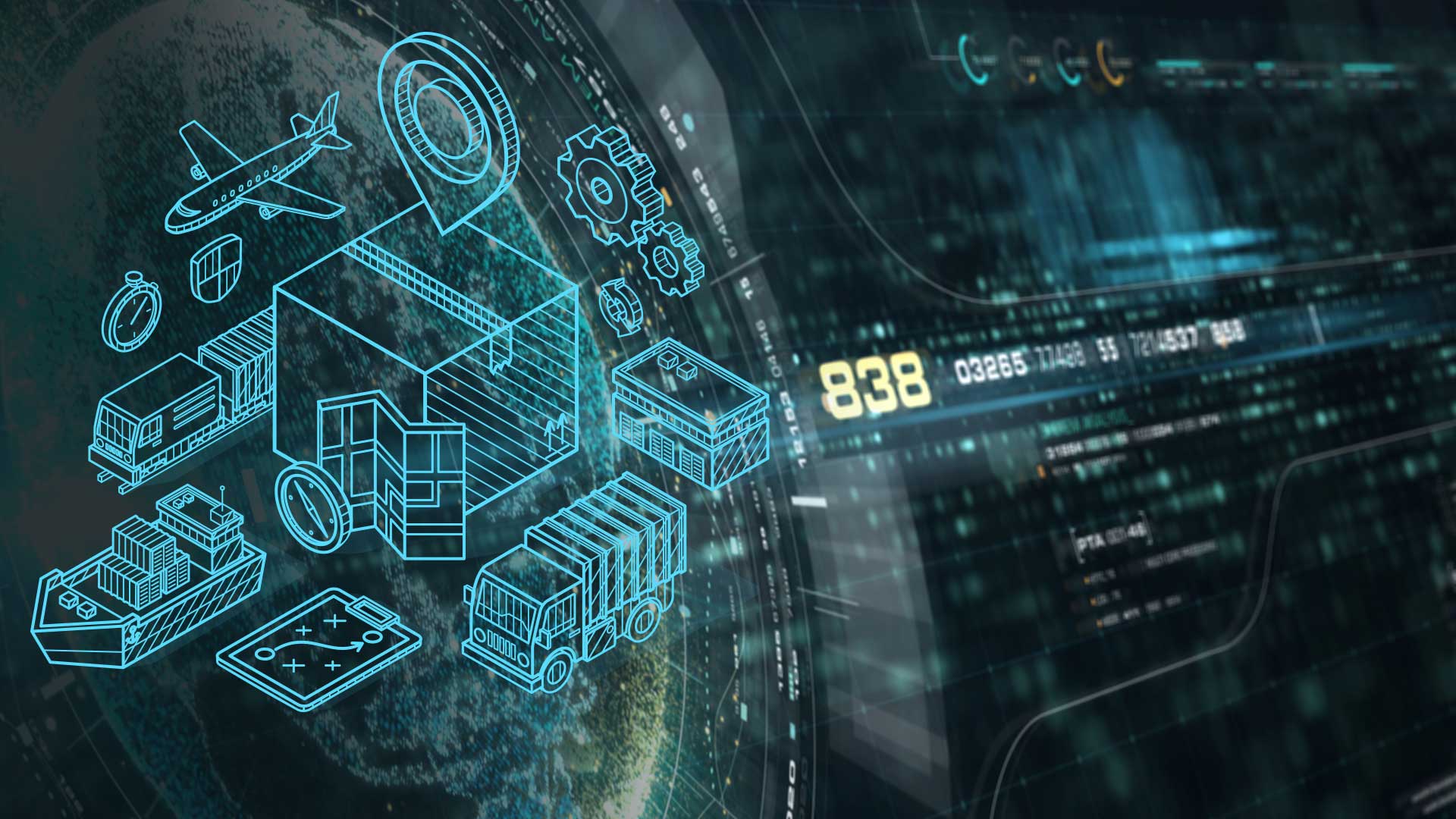This post has already been read 34123 times!
Combining real-time vehicle data and intelligent agents with integrated planning and execution for efficient, resilient supply chains
A supply chain is only as fast and responsive as the data driving it. Today, new sources of real-time supply chain data such as telematics, combined with a planning and execution platform, mean that supply chains can be more efficient, better optimized, and more automated than ever.
What is Telematics?
Telematics includes a variety of vehicular-based data (GPS, ELD, IoT, etc.) that is transmitted for use by supply chain and business systems. The term is an amalgam of “telecommunications” and “informatics”. It is commonly used for GPS tracking and satellite navigation, but it has enabled many other applications, including car-sharing, enhanced road safety and emergency warnings. Here, we’re talking about commercial transportation.
Real-time supply chain data embedded in a planning and execution platform, boosts service levels and increases supply chain resilience. Share on XThese GPS and other data streams are provided through a number of technologies:
- Electronic Logging Devices (ELD) can be simple or more comprehensive devices that are a federal requirement and intended to log the operating hours of drivers to comply with the law.
- On-Board Computers (OBC) log data from the vehicle and provide information to the driver. OBC’s can be built in by the vehicle manufacturer or installed afterwards by fleet owners.
- Advanced Monitoring Systems monitor the status of things such as temperature and the opening of doors.
- Mobile Applications are used in assigning driver tasks and log information regarding pickup and delivery operations.
These technologies track the location and movements of the device, the vehicle, and its load. This tracking can be done on the tractor, for a specific trailer, at the container level, and even down to sub-components such as equipment and the load itself.

How Can Logistics and Supply Chain Practitioners Benefit from Telematics Data?
Well, consider these typical questions:
- Will my vehicle meet the pickup schedule?
- Will the delivery be on time?
- If not, when?
- Is the vehicle following the intended plan, and sticking to the optimum solution?
- Which orders are at risk?
- What changes should I make to my plan?
Recommended: Webinar: The Power of Telematics in Logistics and Supply Chain Management
In isolation, our streaming data from the vehicle doesn’t tell us much, just where it is and what shipment it is carrying. With a lot more manual work, we can probably infer a little more information and perhaps get a rough ETA (expected time of arrival).
Real-time logistics data collected from vehicles, tractors, trailers and containers, is a key enabler of resilient supply chains. -Johann van der Westhuizen Share on XBut when we bring the streams of data together and embed the data in a network, suddenly things come into focus, and we can do a lot better. We can answer these types of questions, get useful answers and use them to optimize the supply chain. Let’s see how.
Efficient, Responsive and Resilient Supply Chains
With a multiparty platform that captures, analyzes, and cross-references real-time streaming data embedded in containers and vehicles (both tractors and trailers), you get a “live” picture of your supply chain.
Now you have the real-time status and locations of your orders, predicted future locations and accurate arrival times. You can have advanced monitoring for temperature and door openings.
Add in AI technology like One Network’s AI assistant for supply chain, and you have a system that can peer into the future. It considers all the factors, such as speed, traffic, and delivery times, and alerts you to potential problems well in advance. NEO AI goes further, and does not just alert you to problems, but helps solve them. It can recommend contingency plans that maximize service levels at the lowest cost. Lastly, it can also autonomously execute solutions, such as change dock door appointments, create and change orders, or expedite shipments, to keep service levels high and your supply chain running smoothly.
The result is your supply chain runs more efficiently and is more resistant to disruptions than ever.
Benefits of Real-Time Data-Driven Supply Chains
The benefits of combining these technologies, real-time data, multiparty platforms, and artificial intelligence, are significant. They include:
- Increased Asset Utilization – Optimize the utilization of transportation assets (your own or contracted) and equipment by knowing the exact time and location when they’re available for other activities. This includes capitalizing on backhaul opportunities.
- Greater Resource Utilization – One of the biggest cost drivers in DC operations is people. Having teams scheduled but not utilized causes waste and staff frustration. Early visibility and the ability to change schedules to optimize productivity is key. For example, your team can schedule another vehicle when there is a delay, or reduce team size based on known arrivals of vehicles.
- Higher Service Levels – Spot exceptions and potential delays faster and earlier than ever before – so your team has more options to optimize your response for the best customer outcome at the lowest cost.
- Better Operator Performance – Monitor and manage the performance of drivers and other resources by accurately measuring plan adherence and find tactical opportunities to improve performance, such as off-route stops or changes in schedule to accommodate traffic patterns.
- Competitive Differentiation for Shippers – Become a shipper of choice with accurate information about arrivals, and better exception handling.
What Should You Look for in a Telematics Solution?
As you evaluate your options for Telematics solutions, ask these 5 questions:
More than just Transportation, does the solution show the impact on Orders and Customers? See “what is where,” not just the vehicle or container but the actual Order and Item level details. Know the true impact on your business when there are delays.
Will you be able to respond to changes optimally? Do plans and schedules adapt seamlessly based on information detected in the monitoring of actual execution? Will you have full planning and transaction execution capabilities that use Telematics monitoring and intelligence to keep your plans and schedules optimal?
Can you capitalize on Telematics data through AI and machine learning? Is vehicle predicted future location used in planning and scheduling? Can the solution “learn” actual travel times and patterns, and use ETA and smart time fences (latest time to depart) to detect delays and potential delays? Is ETA accuracy improved by supplementing Carrier data with Telematics.
Is it a unified platform? Telematics + Planning + Execution. Real-time visibility should not be viewed in isolation, but must be tightly integrated into planning and execution processes for best results. This where traditional Telematics aggregator providers fall short, as they require a lot of systems integration effort and on-going maintenance. As a consequence, these solutions charge a premium for their visibility (only) services.
Cost and Value! Look at options where you get both, more value at a fraction of the market price.
If you are interested in this topic I recommend you register for the webinar, The Power of a Telematics-Enabled Control Tower, where I will be discussing this topic with two supply chain experts.

Recommended Posts
- Are Micro Fulfillment Centers the Next Frontier in Retail Logistics?
- Rethinking Defense Supply Chains with Network-Based Command Centers
- How to Use Predictive Analytics to Streamline Cross-Border Logistics
- AI Plus Humans for Resilient Freight Forwarding in a Complex World
- Modern Defense Supply Chains: The Essential Capabilities for Multi-Domain Operations
- Real-Time Supply Chain, GPS and Telematics More Essential Than Ever - November 10, 2023
- Modernizing Domestic Logistics - August 23, 2022
- How a Leading Retailer is Using a Control Tower to Manage their Supply Chain - February 19, 2019

One comment
Comments are closed.